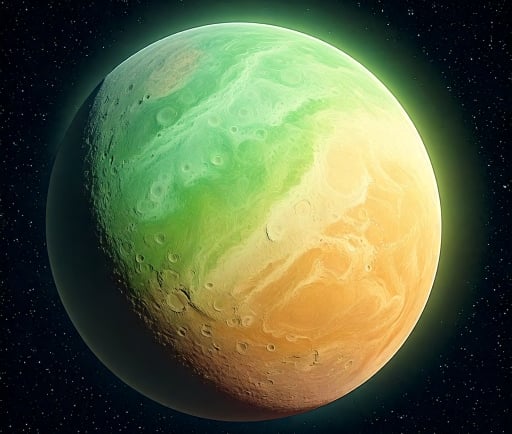HD 100777 B: A Warm Planet


Introduction to HD 100777 B
HD 100777 B is a fascinating gas giant exoplanet located in a distant star system, orbiting a G-type star. Its discovery, announced in 2007, added an intriguing object to the growing catalog of exoplanets beyond our solar system. As astronomers continue to uncover the mysteries of the universe, HD 100777 B stands out due to its unique properties and characteristics, providing valuable insights into planetary systems similar to our own.
Key Characteristics of HD 100777 B
One of the defining features of HD 100777 B is its substantial mass, which is 1.23 times that of Jupiter, the largest planet in our solar system. This significant mass places it among the larger exoplanets known to date, providing a basis for fascinating comparisons with other gas giants. Its orbital period is approximately 383 days, suggesting a slightly elongated year compared to Earth’s 365 days. This extended orbit raises questions about the environmental conditions present on HD 100777 B and how they compare with the dynamics experienced within our solar system.
Orbital Dynamics and Distance from Its Host Star
HD 100777 B orbits its host star at a distance of roughly 1.06 astronomical units (AU), where one AU represents the average distance from the Earth to the Sun. This position places HD 100777 B in the habitable zone of its star, albeit at the outer fringe, where conditions may permit the existence of liquid water under specific circumstances. The implications of this proximity to its star extend beyond mere distance; they invite discussions regarding the potential for atmospheric retention, climate stability, and the formation of other celestial bodies within the same system.
Overall, the discovery and study of exoplanets like HD 100777 B play a crucial role in our understanding of planetary formation and the diverse architectures of planetary systems across the universe. With its significant mass, unique orbit, and reasonable distance from a G-type star, HD 100777 B is more than just another gas giant; it is a gateway to unlocking the complexities of other solar systems and their potential similarities to our own.
